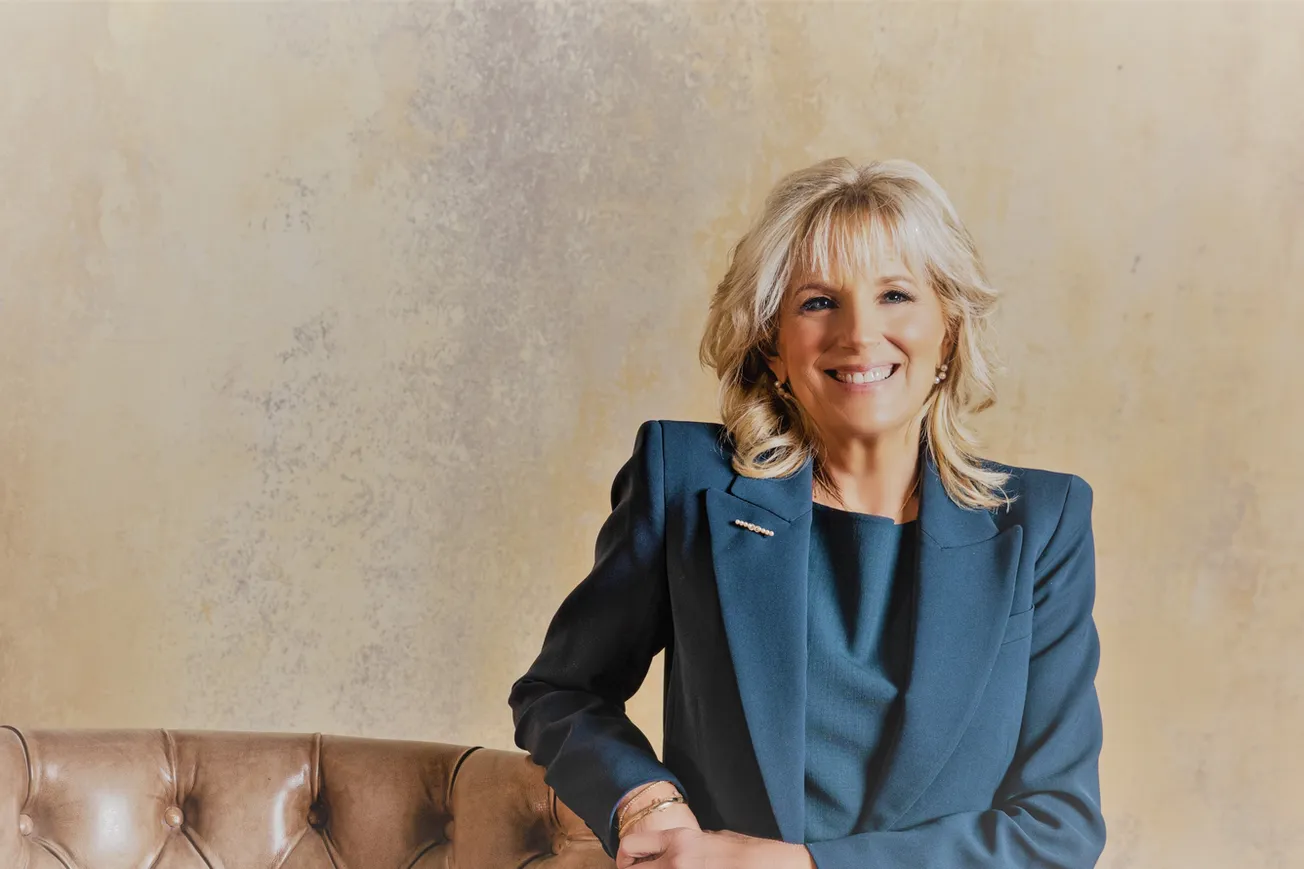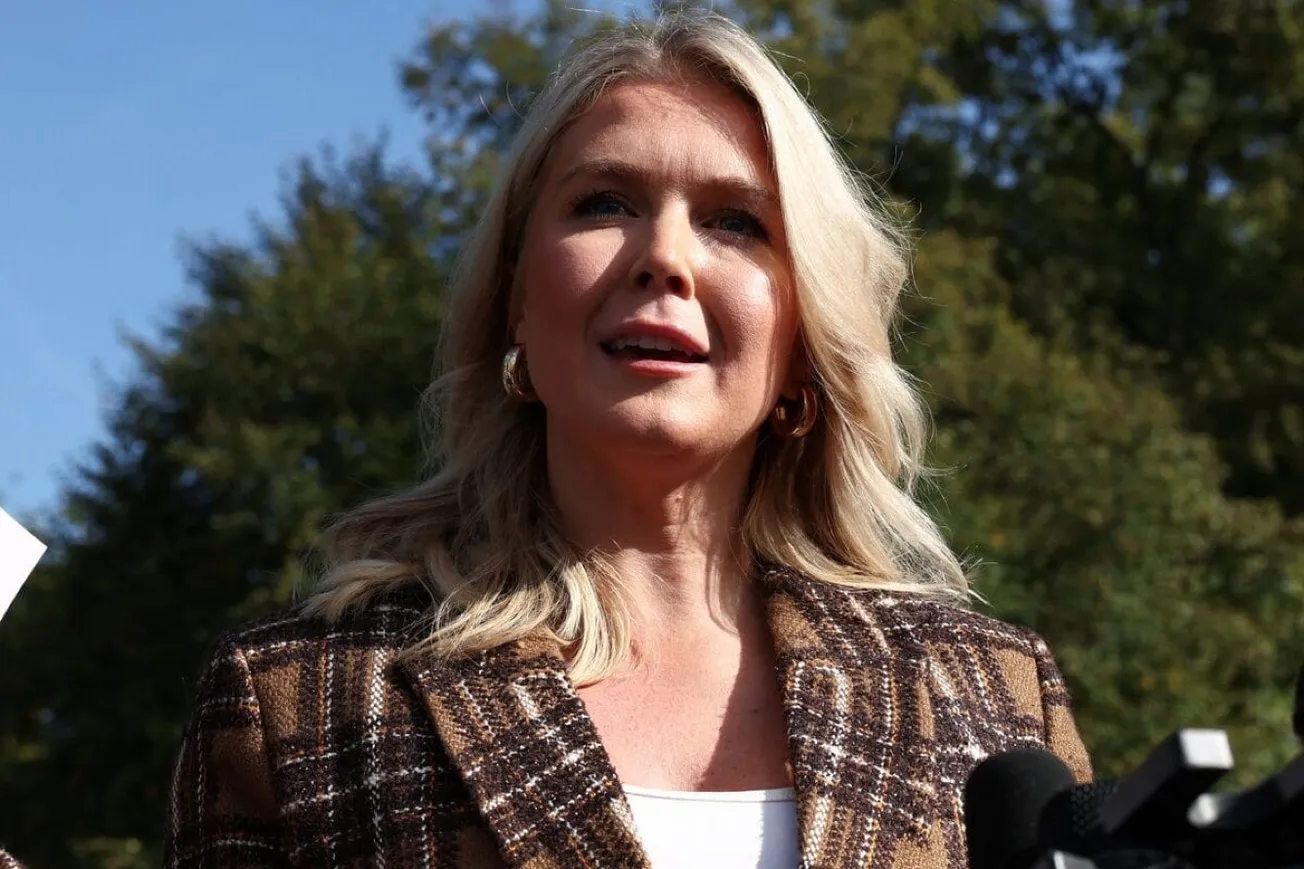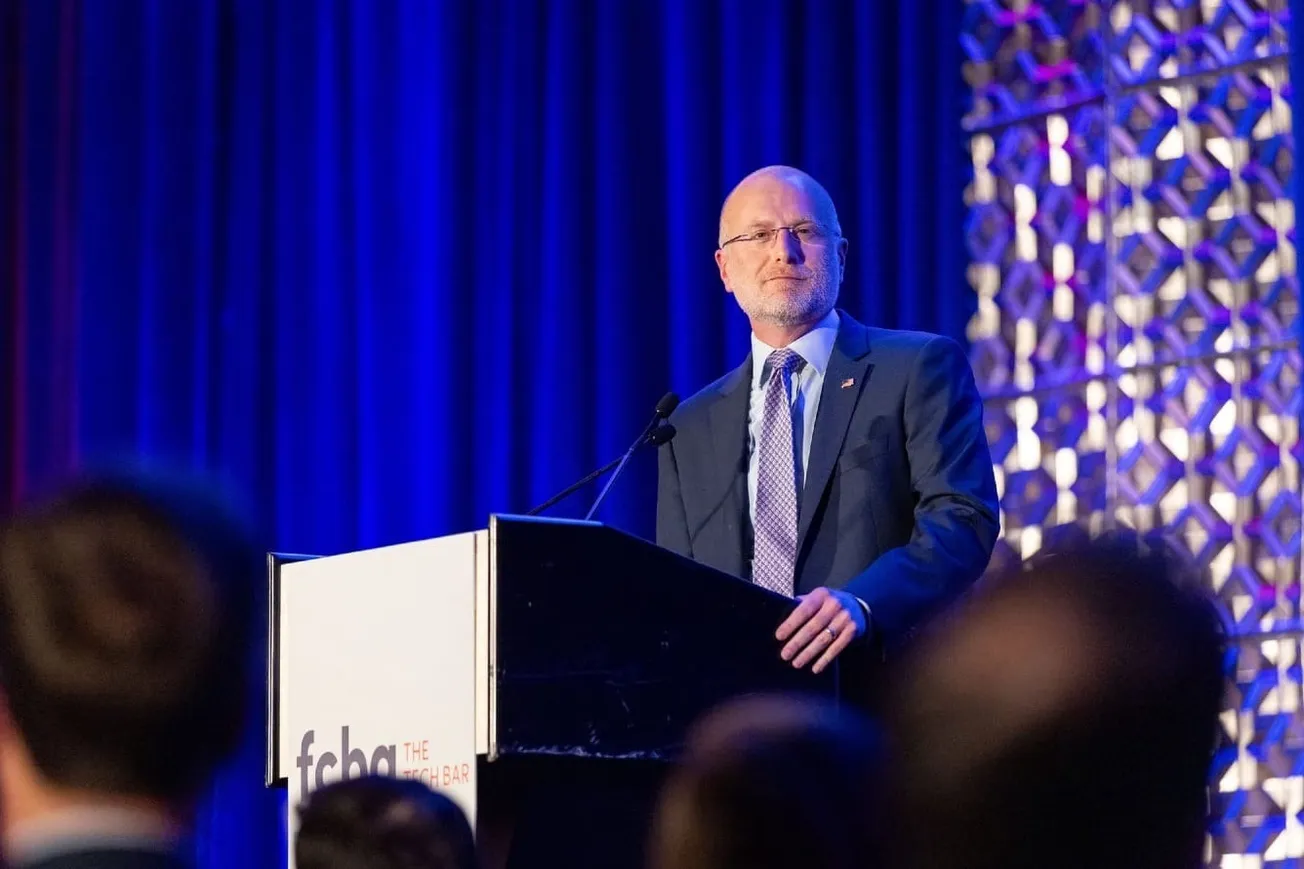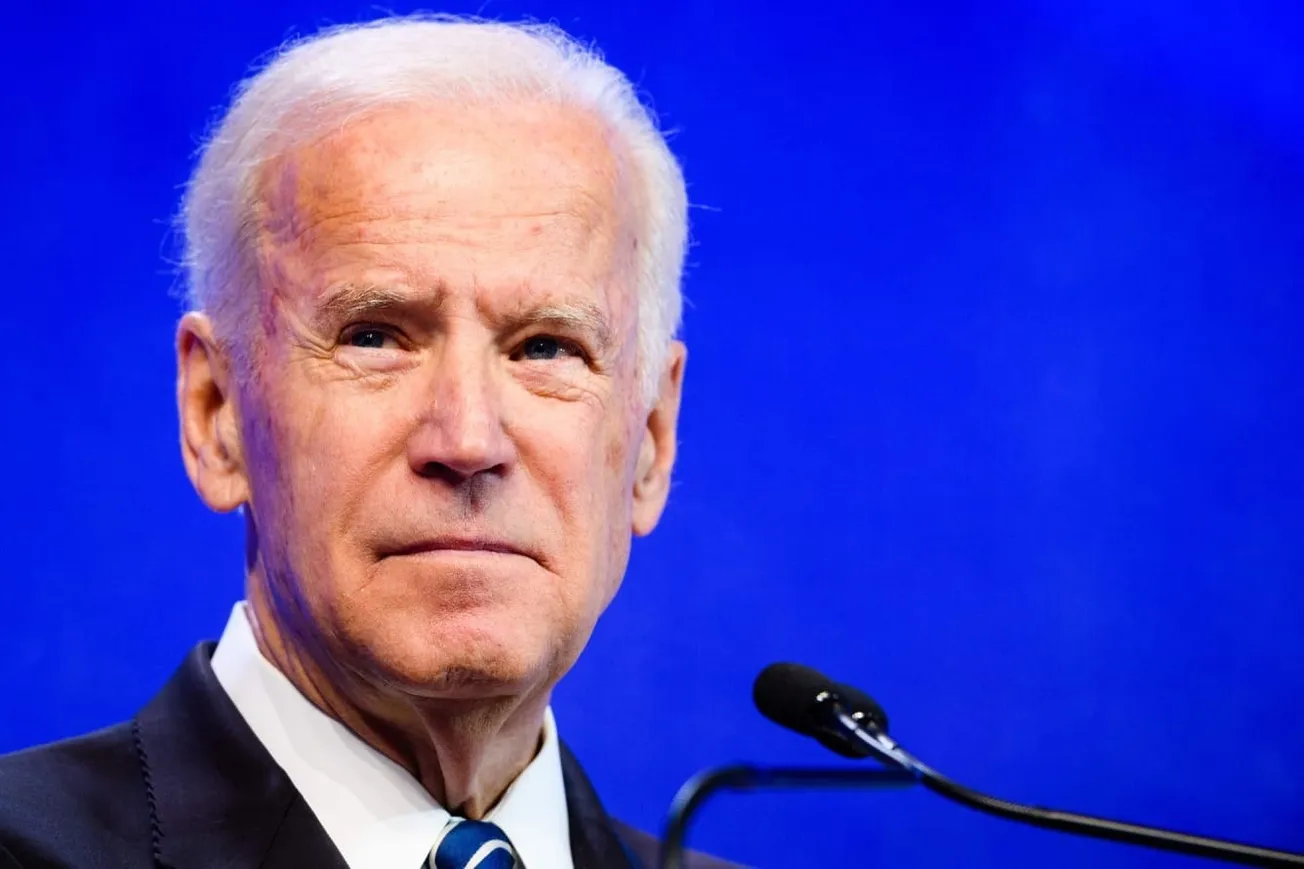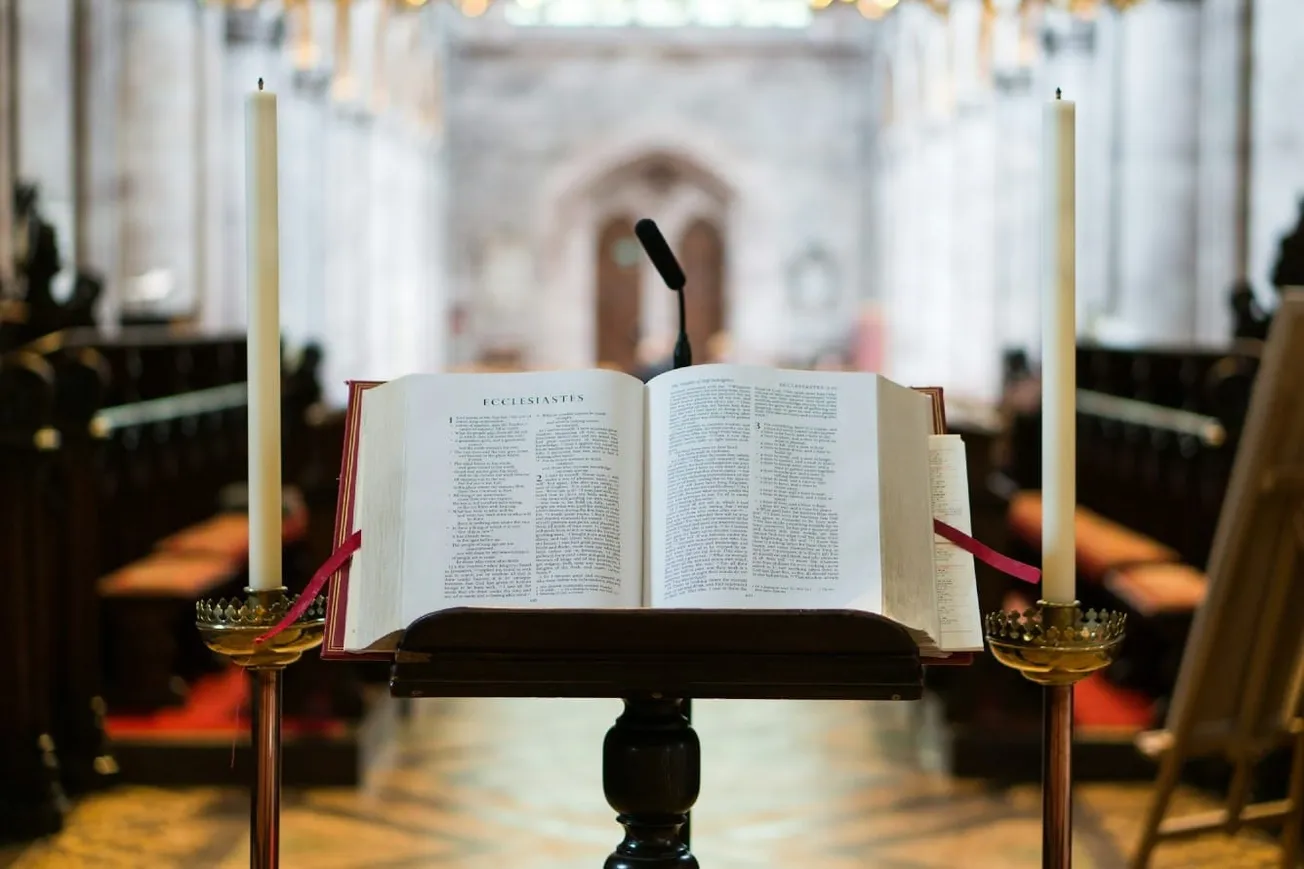By Suzanne Downing for the Daily Caller Foundation | May 21, 2023
All went smoothly for First Lady Jill Biden and Secretary of the Interior Deb Haaland as they traveled from Washington, D.C. to Bethel, a town with a population of 6,200, for a brief rally in a gymnasium filled with school children and their parents.
Bethel is the hometown of Rep. Mary Peltola, and the love was expected to flow, despite the chilly weather in mid-May, with temperatures in the mid-30s.
Their purpose for the trip was purely political, aimed at rescuing Peltola in 2024, but it came at a high cost for American taxpayers who foot the bill for such presidential junkets.
The jet carrying the First Lady consumes at least 70,000 gallons of fuel for a 20-hour round trip from the center of American politics to the frontier.
However, the focus of Wednesday’s trip was not on climate change or the carbon footprint of the First Lady. The media overlooked the irony of the Biden Administration burning through fossil fuels to travel to a place where Biden has been attempting to shut down the oil industry.
U.S. Sen. Dan Sullivan, who didn’t attend the event, recognized the irony. In a statement, he reminded Alaskans of the “48 executive orders and actions singularly targeting Alaska under the Biden administration, many of which were implemented without any consultation with Alaskans.”
The Biden-Haaland trip was ostensibly to showcase the federal investment in broadband infrastructure in rural Alaska.
Let’s examine that claim.
The infrastructure bill aims to bring broadband to a small number of households and businesses scattered across a vast wilderness. However, it will take many years before fiber can be laid over the rivers and through the woods to reach the remote outposts on the list.
The reality is that Elon Musk’s Starlink network, as well as One Web, and Pacific Dataport’s Aurora satellite networks have already made significant progress in bridging the connectivity gap in rural Alaska. These projects, driven by the free market, have succeeded despite the subsidies received by their fiber-based competitors, who rely on taxpayer funding.
The Aurora GEO satellite, specifically designed for rural Alaska, was launched last month from Cape Canaveral and is currently in beta testing. It will be operational within 60 days.
The fiber optic initiative has other drawbacks. In addition to a severe shortage of fiber optic cable, the United States also lacks a sufficient number of qualified technicians to meet the current demand in the Lower 48 states.
When the $42.5 billion federal investment in broadband is implemented, the cost of materials and labor will skyrocket due to increased competition and limited supply. Finding crews willing to travel to remote Alaska villages to install networks will become a challenge when lucrative opportunities are available closer to home.
As an example of the sketchy return on investment, last year the Department of Agriculture gave a grant to Alaska Telephone Co. for $33 million to expand fiber to about 90 households between Klukwan, Haines, and Skagway. That means taxpayers of America spent over $358,000 per household for this project that serves 211 people and five businesses.
But wait, there’s even more: Last year, the Tanana Chiefs Conference was awarded $30.3 million to serve fiber to 75 households in four tiny villages: Alatna, population 30; Allakaket, population 181; Hughes, population 85; and Huslia, population 306. The total cost per household is estimated to be $404,000.
There are dozens of these grants made in Alaska by USDA, and they total in the hundreds of millions.
In this latest grant, the Bethel Native Corporation will get $100 million from the infrastructure package, “because you know what your communities need,” Jill Biden told the auditorium, apparently oblivious to the long wait time that is all-but guaranteed for completion and the current satellite service.
Not lost on us was that there was a giveaway of iPhones, iPads, and iPods every 15 minutes during the warmup for the rally. That, too, was from federal funds.
Dr. Biden was using a pork project to campaign for congressional incumbent, Rep. Peltola in Peltola’s own hometown, where she will get nearly every vote in 2024. What a waste of money.
Peltola has been identified as one of the top “saves” for the Democratic Congressional Campaign Committee and the Democratic National Committee.
Alaska’s first-term congresswoman is also listed as a top target of the National Republican Congressional Committee, as she is out of step with much of Alaska. After all, even with all his flaws, Donald Trump still won the state by over 10% in 2020, and Republican Gov. Mike Dunleavy handily won reelection in 2022. Biden will not win Alaska in 2024. He has more to worry about than the state’s three electoral votes.
Peltola, who rushed to endorse Joe Biden, has now played the Biden card and there’s no more squeeze out of that lemon. The question for the Democrats is: How much more will it cost them to save Peltola in 2024?
Suzanne Downing is publisher of Must Read Alaska.
Original article link

